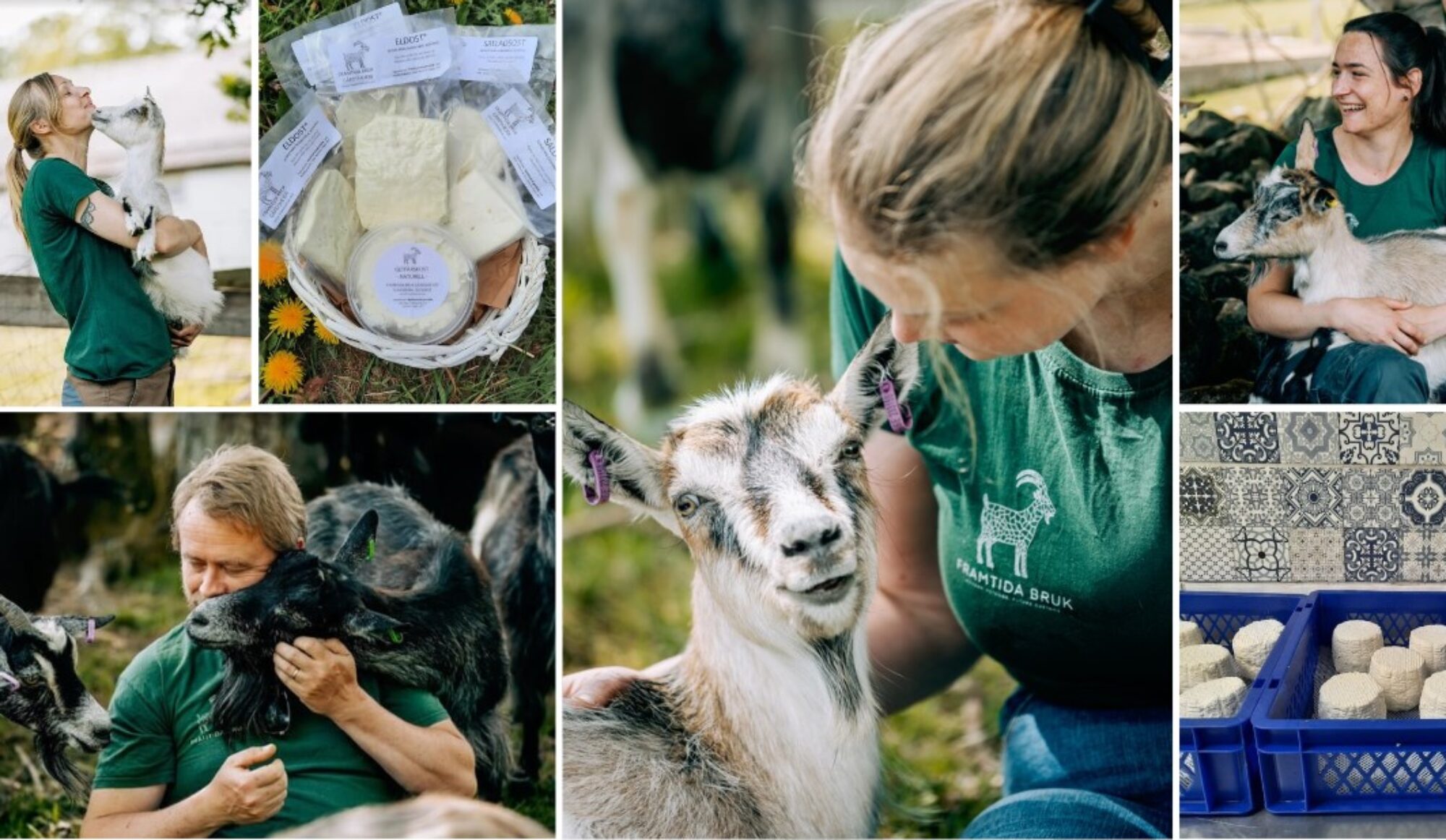The forests have always had a crucial role in the Swedish economy. They have given us fuel, building materials, paper and chemicals, but also a habitat for a rich wildlife, and highly valued recreational areas.
In old times, cattle was often kept in the forest. Feeding on leaves, herbs and barch, the forest gave an addition to a scarce feedstock, but modern breeds are no longer able to both survive and give milk or meat on such frugal diet.

Goats on the other hand, has a much more efficient digestion, and is actually the only domesticated ruminator capable of digesting wood fibres and lignine into sugars. So when your goat heard browses the forests for brush, barch, sticks and spruce needles, and then returns to the barn in the evening to get milked, you actually conduct a refinement process where the input is cheap and abundant cellulose, and the output is exclusive and nutritious milk proteins. The production of proteins for the human diet through livestock handling is often referred to as unfriendly to the environment, with high water consumption and much larger areas needed than for the equivalent calories from vegetables and grain. The conversion of cellulose to go at milk proteins and buckling meat does not have the same problems, since the forest mostly grows on improductive soil, suitable for nothing else than forest. The forest does not need to be watered nor fertilized, neither does it suffer from pests and draught as easily as field crops. 
